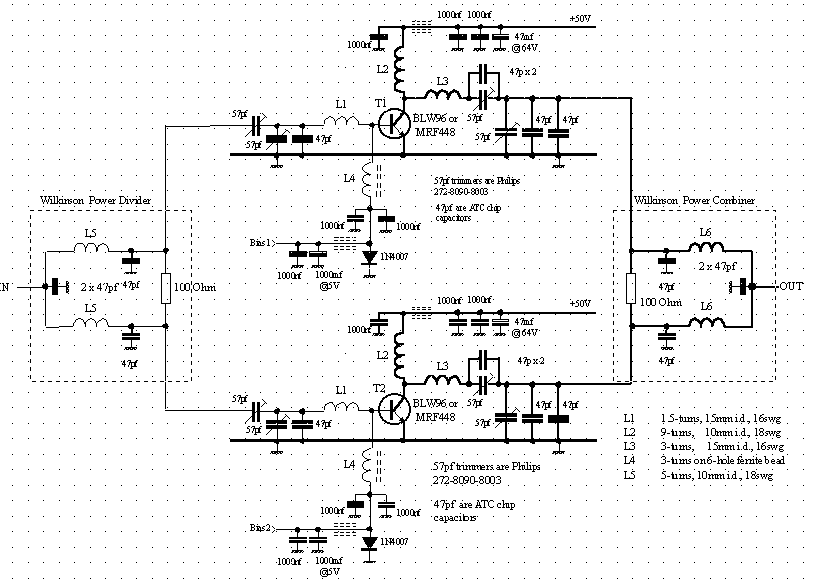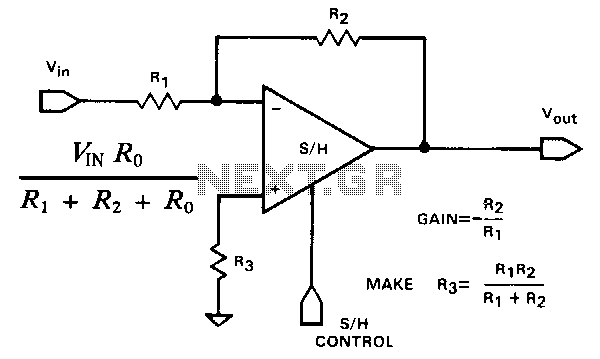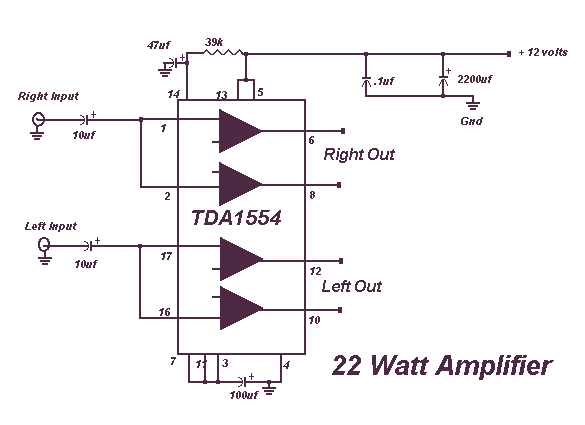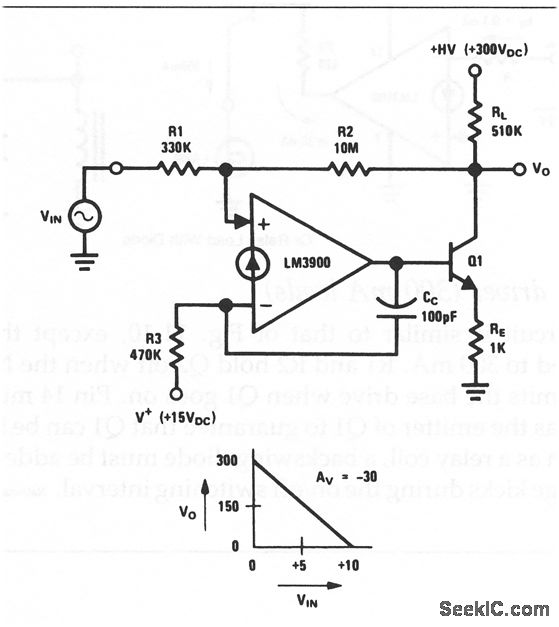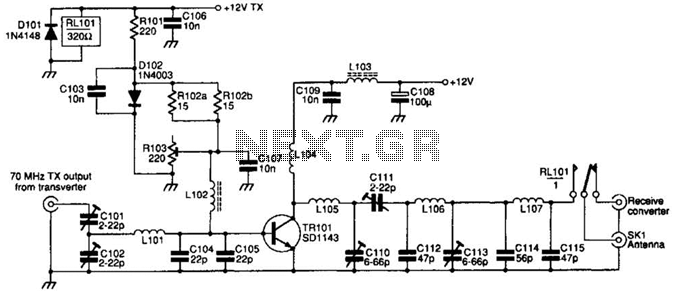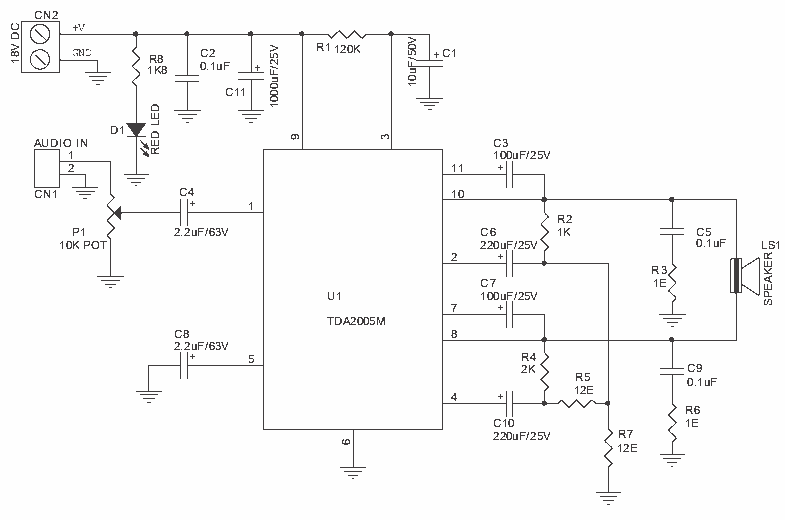
TUBE/MOSFET/BJT hibrid amp
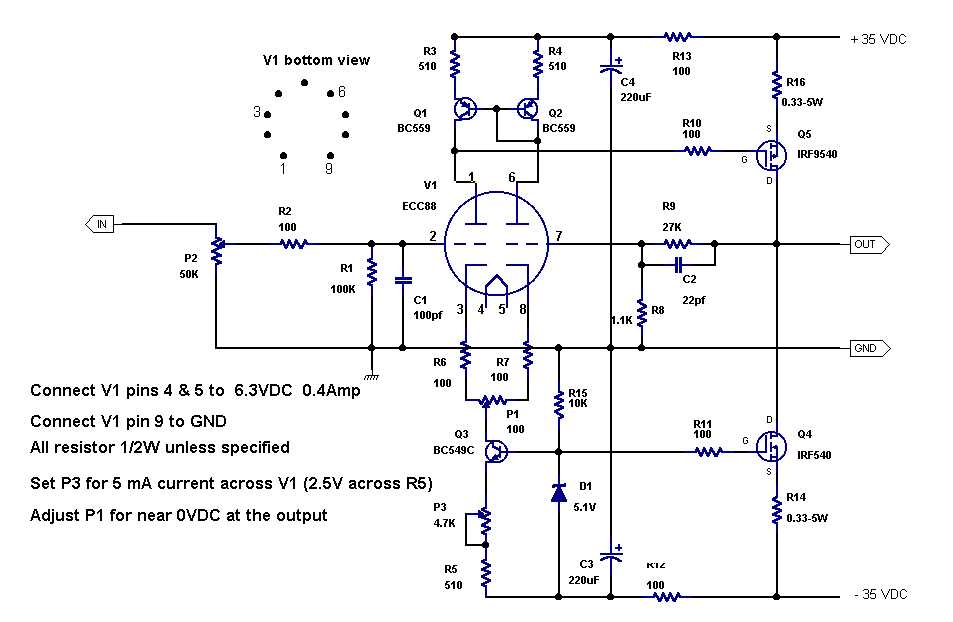
Due to a lack of assistance in the tubes/valves section, a request for help is being posted here in the hope that someone can provide support.
In the context of electronic circuits, tubes (or valves) are critical components used for amplification, switching, and signal modulation. They operate by controlling the flow of electrons in a vacuum or gas-filled environment. Understanding the operation and application of these components is essential for designing circuits that require high voltage and current handling capacities, such as audio amplifiers, RF transmitters, and vintage audio equipment.
When designing a circuit that incorporates tubes, several key factors must be considered. The choice of tube type (e.g., triode, pentode, or beam power tube) will significantly influence the circuit's performance characteristics. Triodes are known for their linear amplification and are often used in audio applications, while pentodes provide higher power output and are more suited for RF applications.
Power supply design is also crucial when working with tube circuits. Tube amplifiers typically require high voltage DC power supplies, which must be carefully designed to ensure stability and minimize noise. Additionally, proper biasing of the tubes is essential for optimal performance and longevity. This involves setting the correct operating point for the tube to ensure it operates within its safe limits.
Furthermore, circuit layout and component selection play vital roles in the overall performance of tube-based circuits. High-quality capacitors and resistors are often preferred to minimize signal degradation. The physical layout should also minimize parasitic capacitance and inductance, which can adversely affect the circuit's performance, particularly at high frequencies.
In conclusion, designing circuits with tubes requires a thorough understanding of their operation, careful consideration of power supply design, biasing, and component selection. Proper circuit layout is equally important to ensure optimal performance and reliability.Because i cant get help with this in tubes/valves section, i`m opening thread here with HOPE , that SOMEONE whould be able to HELP ME. I need help.. 🔗 External reference
In the context of electronic circuits, tubes (or valves) are critical components used for amplification, switching, and signal modulation. They operate by controlling the flow of electrons in a vacuum or gas-filled environment. Understanding the operation and application of these components is essential for designing circuits that require high voltage and current handling capacities, such as audio amplifiers, RF transmitters, and vintage audio equipment.
When designing a circuit that incorporates tubes, several key factors must be considered. The choice of tube type (e.g., triode, pentode, or beam power tube) will significantly influence the circuit's performance characteristics. Triodes are known for their linear amplification and are often used in audio applications, while pentodes provide higher power output and are more suited for RF applications.
Power supply design is also crucial when working with tube circuits. Tube amplifiers typically require high voltage DC power supplies, which must be carefully designed to ensure stability and minimize noise. Additionally, proper biasing of the tubes is essential for optimal performance and longevity. This involves setting the correct operating point for the tube to ensure it operates within its safe limits.
Furthermore, circuit layout and component selection play vital roles in the overall performance of tube-based circuits. High-quality capacitors and resistors are often preferred to minimize signal degradation. The physical layout should also minimize parasitic capacitance and inductance, which can adversely affect the circuit's performance, particularly at high frequencies.
In conclusion, designing circuits with tubes requires a thorough understanding of their operation, careful consideration of power supply design, biasing, and component selection. Proper circuit layout is equally important to ensure optimal performance and reliability.Because i cant get help with this in tubes/valves section, i`m opening thread here with HOPE , that SOMEONE whould be able to HELP ME. I need help.. 🔗 External reference
